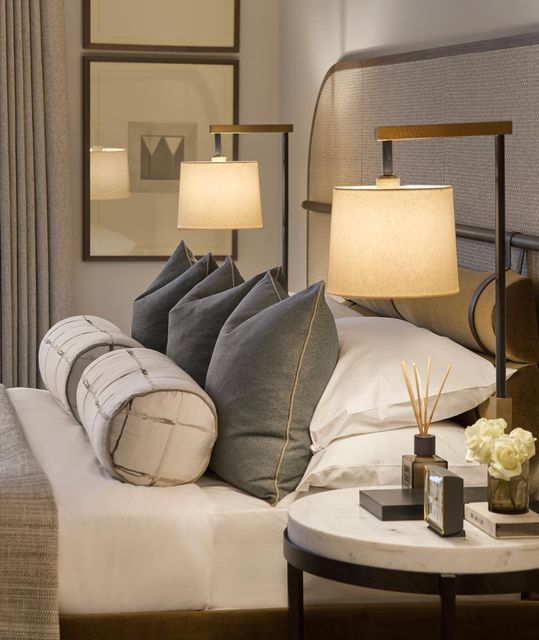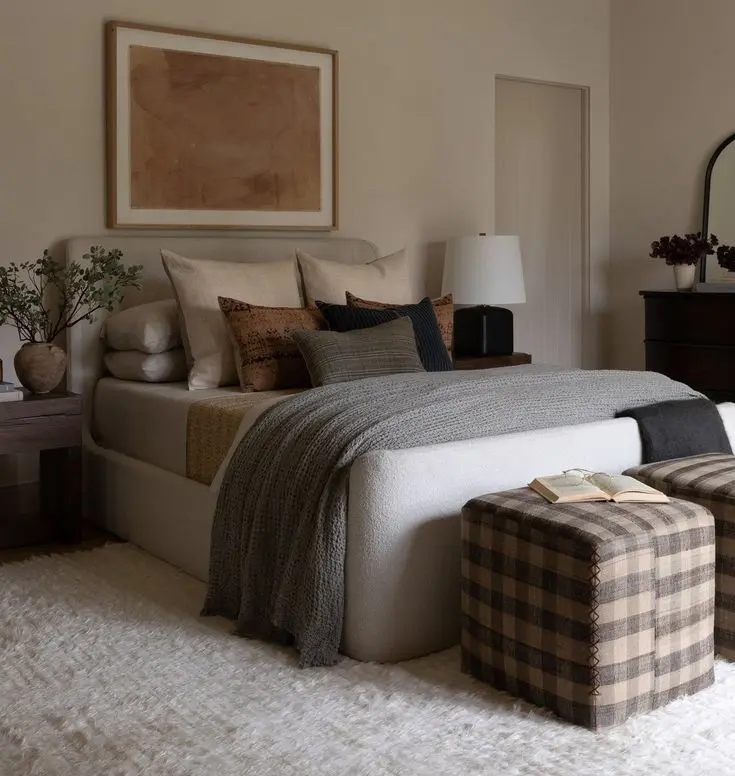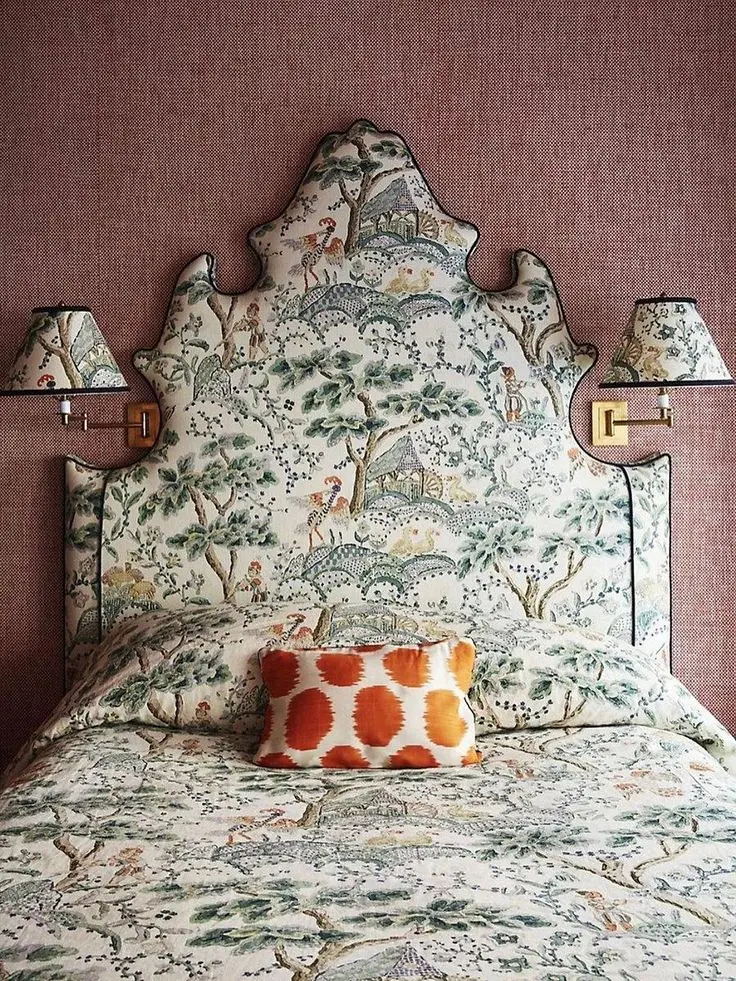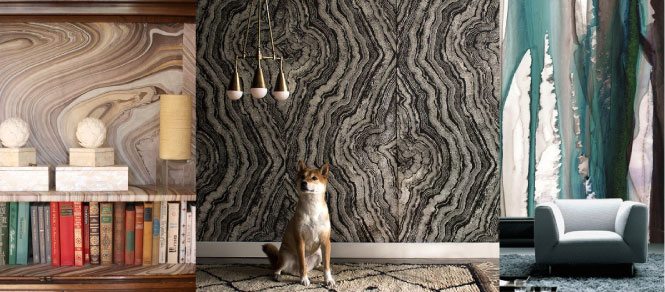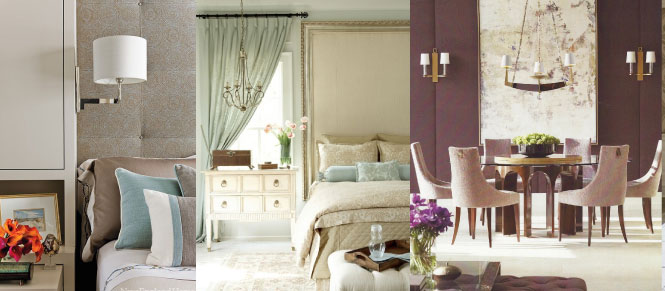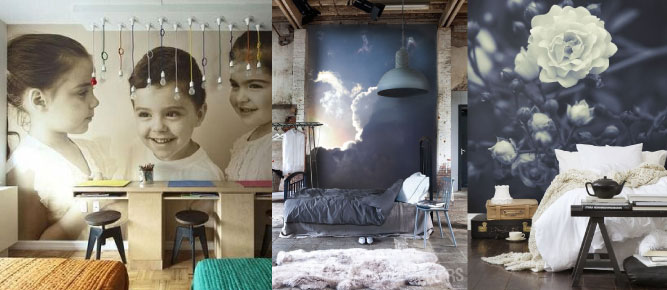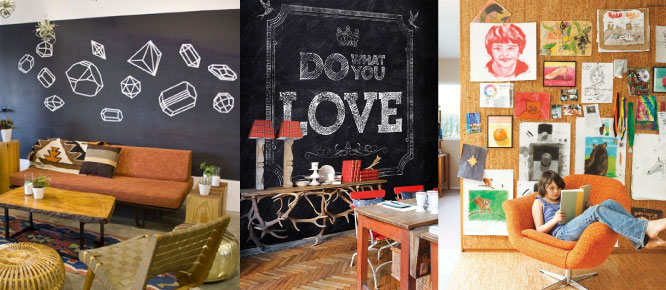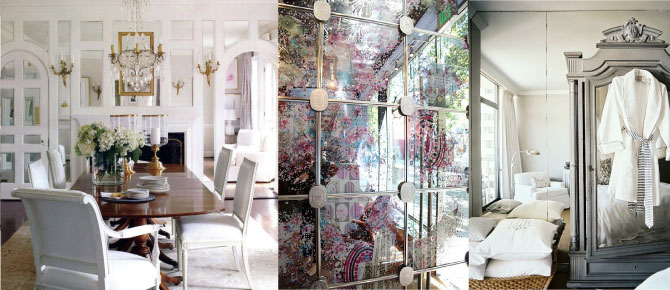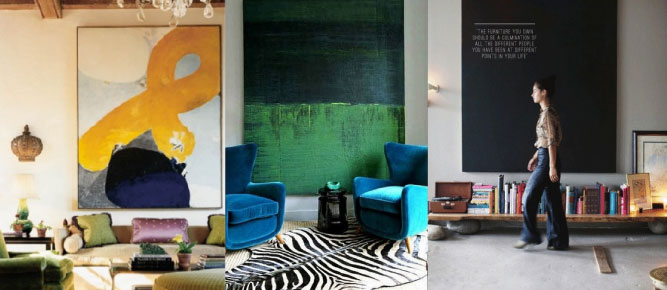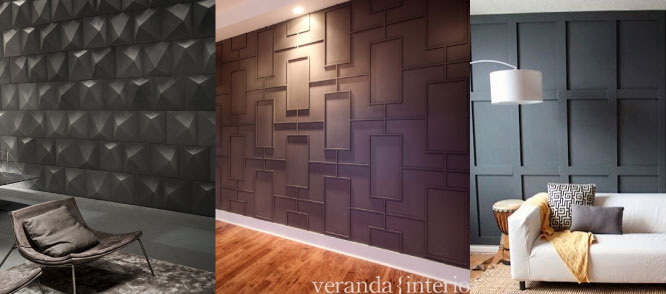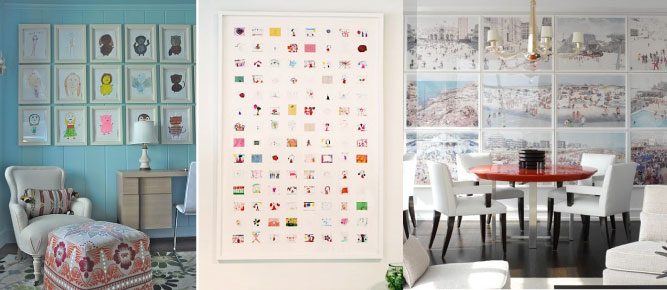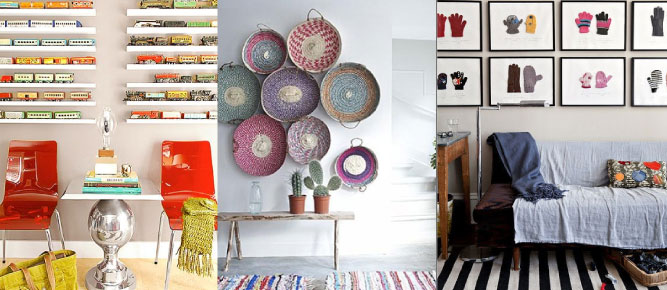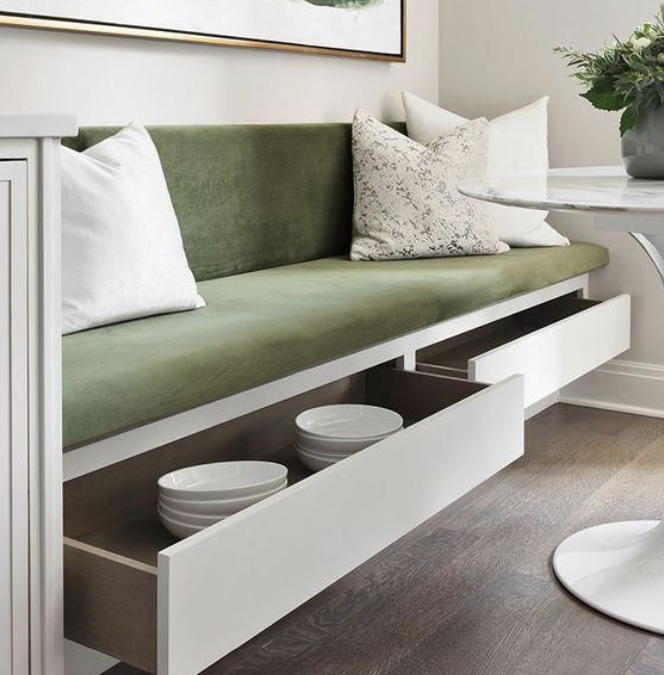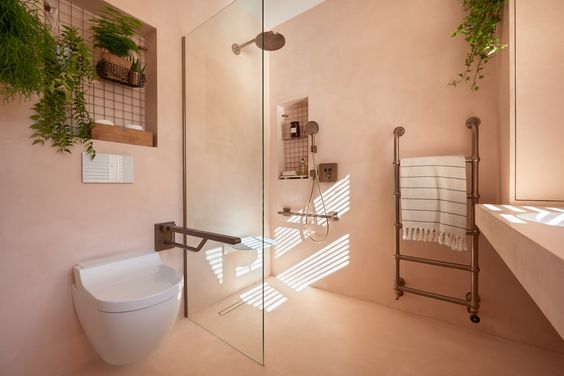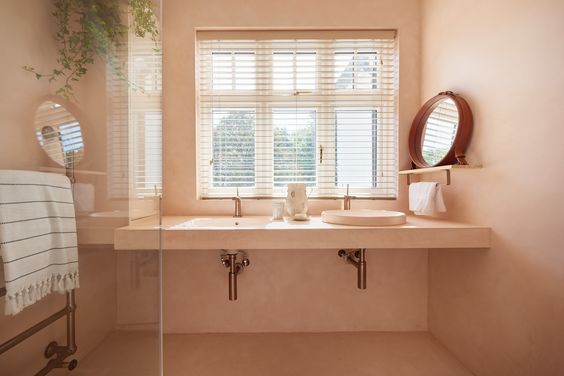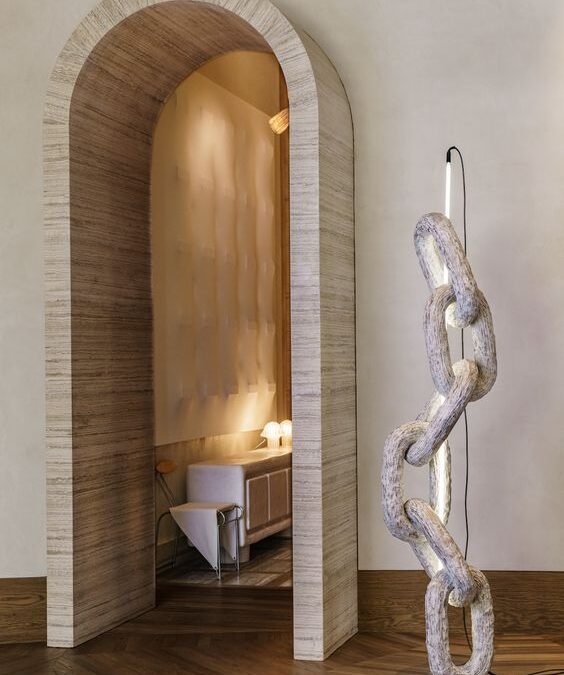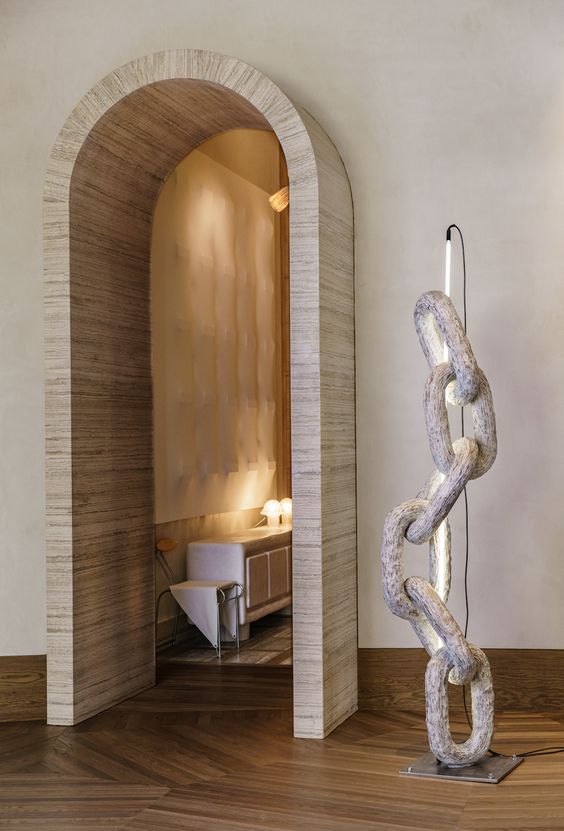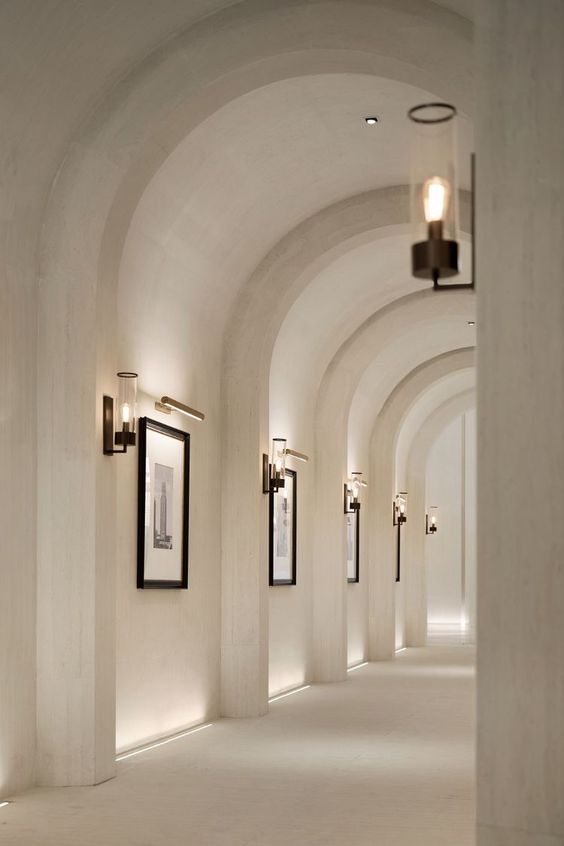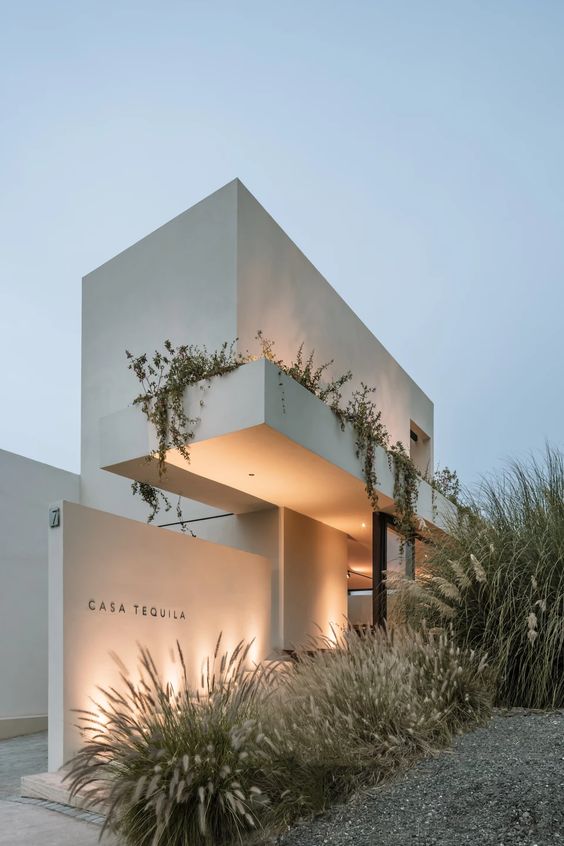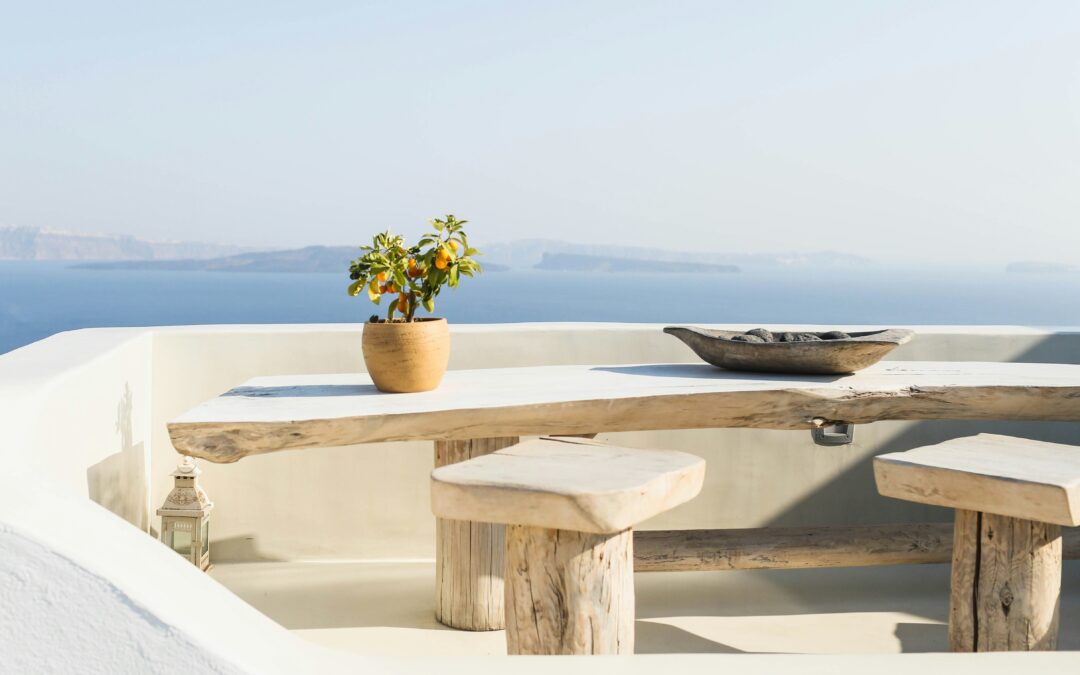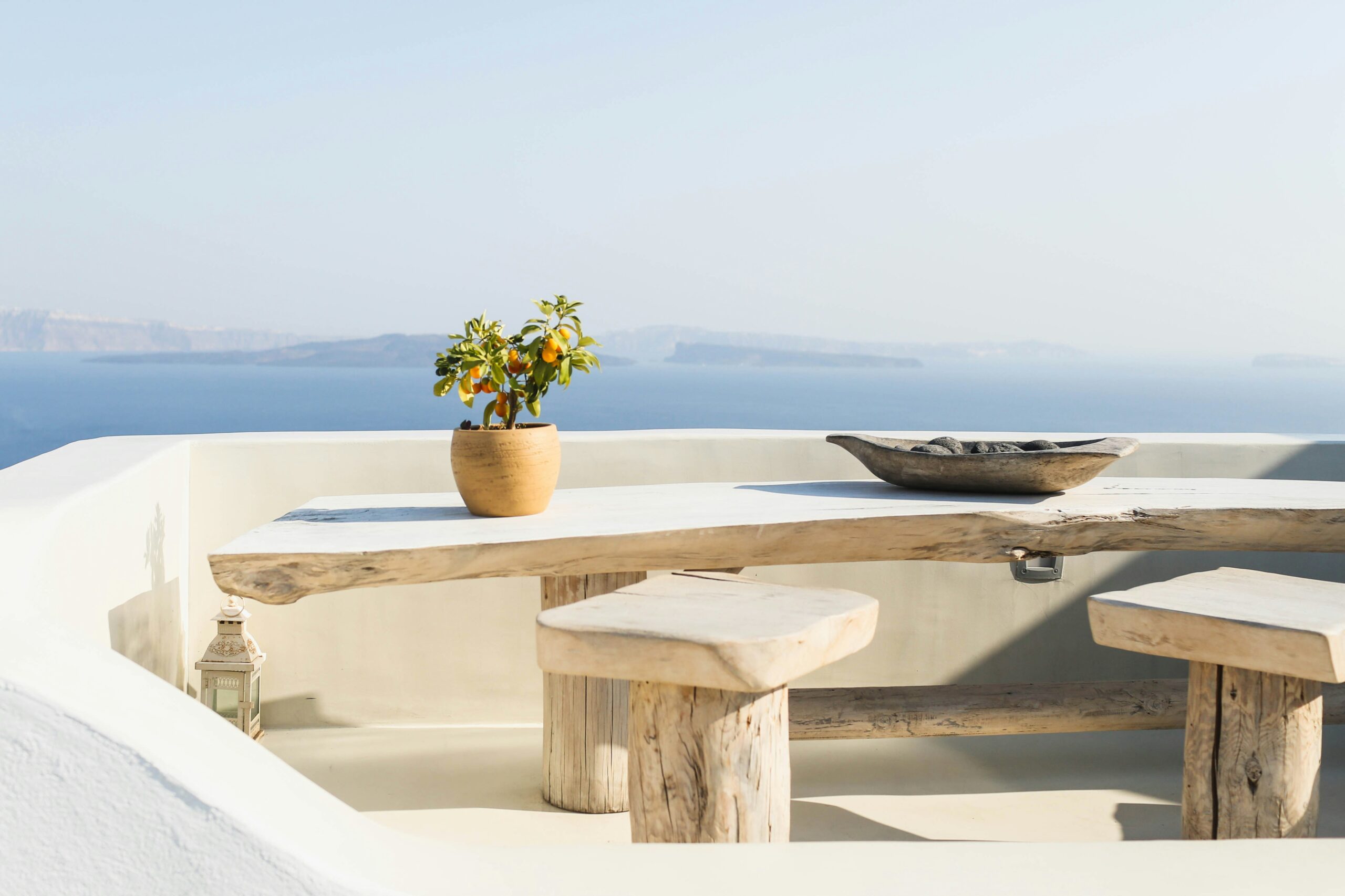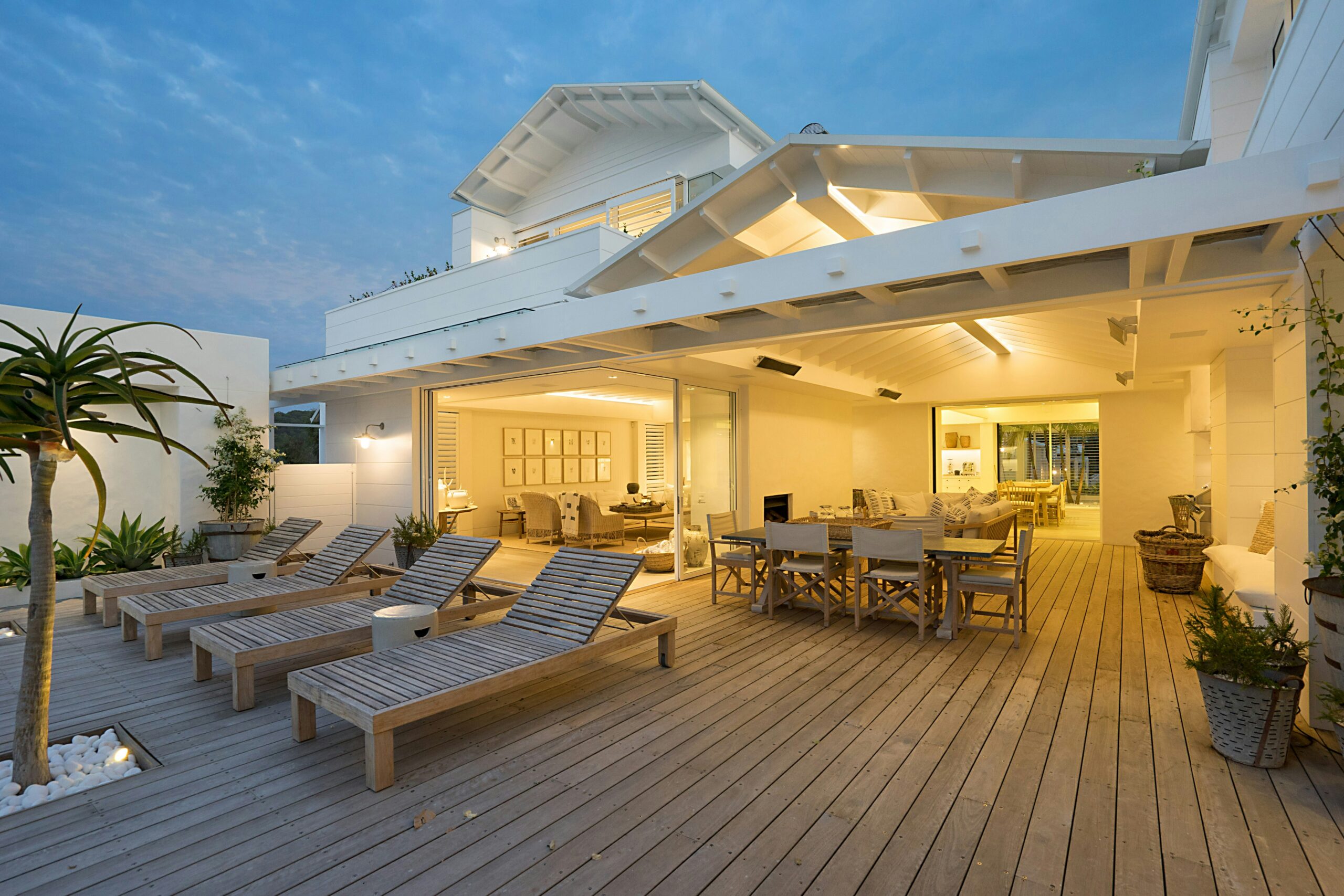
Transform Your Home For Better Mental Health: 10 Tips

Declutter and Organize
Incorporate Natural Light
Use a Calming Color Palette
Introduce Indoor Plants
Design Comfortable and Cozy Spaces
Enhance Air Quality
Personalize with Meaningful Objects
Create Zones for Different Activities
Focus on Soundscapes
Seek Professional Guidance
Creating a home environment that supports better mental health is crucial for our overall well-being. By implementing these 10 design tips, you can transform your home into a haven that promotes joy, reduces stress, and fosters happiness and creativity. Remember to prioritize decluttering, natural light, calming colors, indoor plants, comfort, and personalization. Enhance air quality, create designated activity zones, focus on soundscapes, and seek professional guidance when needed. Your home has the potential to positively influence your mental well-being, so take the time to design it with intention.
Get Started Today
Let Rachel Blindauer help you think through your project starting with a complimentary consultation.
SOMETHING FOR EVERYONE
Rachel’s curated collection of furniture, decor, and kitchen items accessible through Amazon.

